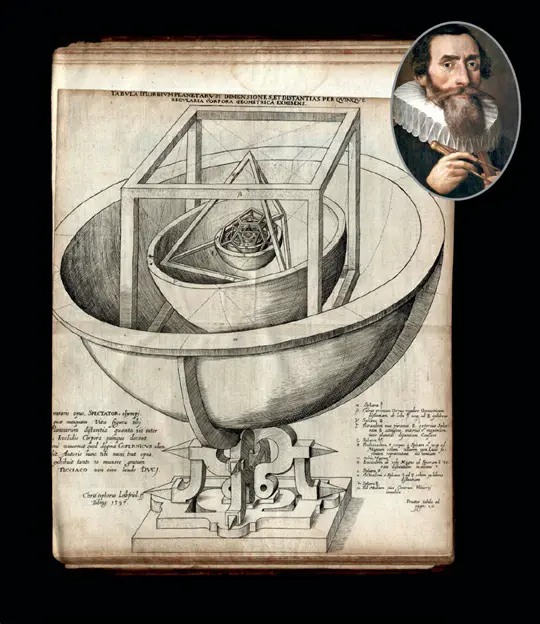Johannes Kepler, a pivotal figure in the Renaissance, is celebrated for fundamentally altering the course of astronomy. His pioneering role as a theoretical astrophysicist was marked by a deep engagement with observational data and a quest for a unifying cosmic model. Kepler’s profound religious convictions led him to seek divine harmony in the celestial mechanics, a pursuit that culminated in his groundbreaking laws of planetary motion.
Kepler’s work, detailed in his publications “Astronomia Nova” and “Harmonices Mundi,” demonstrated that planets travel in elliptical orbits around the Sun, a significant shift from the then-prevailing belief in circular orbits. His second law revealed that planets sweep out equal areas in equal times, pointing to a variable orbital speed. His third law established a relationship between a planet’s orbital period and its distance from the Sun, a principle later aligned with Newton’s universal law of gravitation.
Initially met with skepticism, Kepler’s laws gained acceptance as observationalists confirmed their accuracy in predicting planetary movements. These laws not only advanced heliocentric theory but also laid the groundwork for Newton’s discoveries, proving instrumental in the evolution of modern astrophysics. Kepler’s legacy is a testament to the power of integrating observational data with theoretical models, a practice that continues to drive astronomical discovery today.

